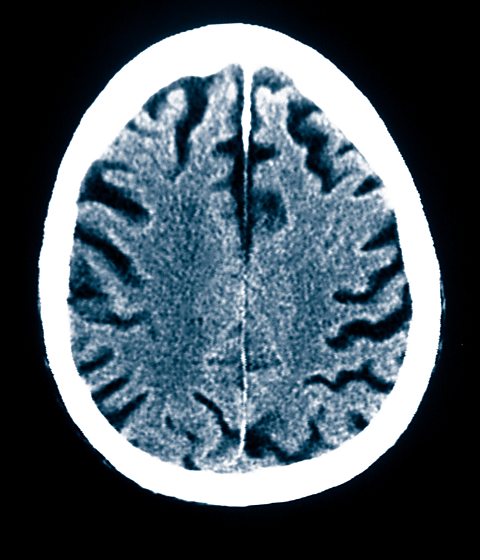Neurotransmitter-related disorders and their treatment

There are common diseases that are related to neurotransmitters.
Alzheimer's disease A disease in which the brain degenerates and short term memory is lost. is linked to low levels of the neurotransmitter acetylcholine which results in a decline in signals between brain cells.
Parkinson's disease is another condition linked to neurotransmitters. In this case, low levels of dopamine affect the part of the brain controlling movement causing it to not work properly.
Many of the drug treatments used to treat these conditions are either agonists or antagonists.
Agonists
Agonists are chemicals that mimic the neurotransmitter effect. Agonists bind to and stimulate receptors, triggering the same response as the neurotransmitter.
An example of an agonist is morphine. The drug works by activating the opiod receptors in the brain and so triggering a response that helps dull pain.
Antagonists
Antagonists block neurotransmitters from binding to and stimulating receptors.
Antihistamines are an example of an antagonist. Antihistamines are used to treat allergies such as hayfever. They work by blocking or inhibiting histamine receptors that the allergy has triggered.
Other drug treatments available may affect the reuptake of neurotransmitters by either inhibiting the enzymes which degrade them or inhibiting the reabsorption.